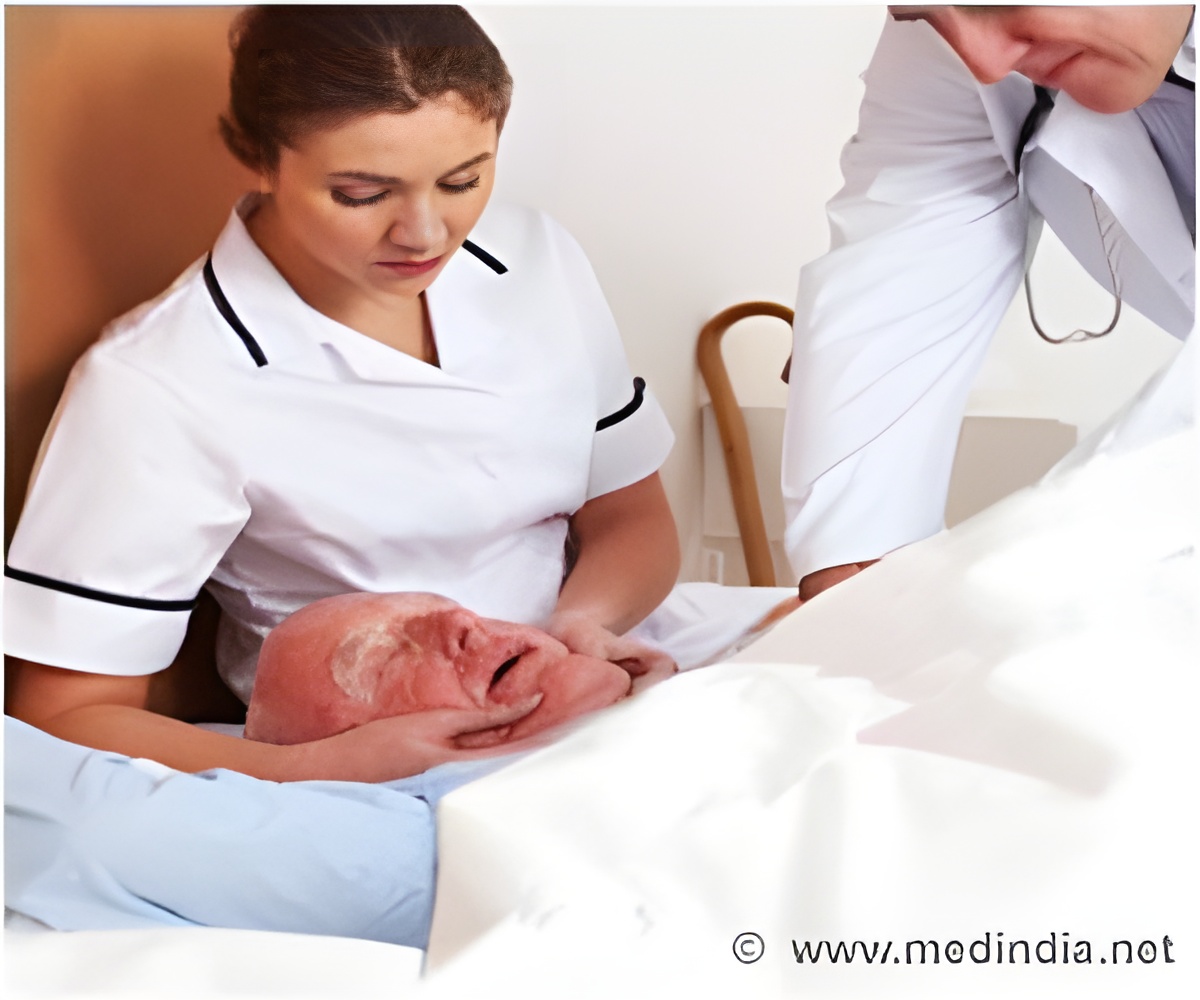
‘Opioid usage increases the risk of infective endocarditis- related stroke especially among women and those younger than 45 years.’
Read More..Tweet it Now
"Our findings add to the urgency of addressing the underlying opioid epidemic in the United States and suggest that people need to be more aware that stroke can be a devastating complication of injecting opioids," said Setareh Salehi Omran, M.D., lead author of the study and a fellow in vascular neurology at the Weill Cornell Medical Center and Columbia University Medical Center in New York. Read More..
Injecting opioids, such as heroin, can introduce bacteria into the body which travel through the bloodstream to infect and inflame heart valves, a condition called infective endocarditis.
"The incidence of opioid-related infective endocarditis has been increasing over the past 20 years, particularly among younger patients," Omran said.
Infective endocarditis can lead to stroke if clumps of the infected tissue break off and travel to the brain's blood vessels and block them. This is the first study to examine trends in the incidence of stroke as a complication of opioid-related heart infection.
Using a national hospital inpatient database, researchers identified U. S. residents who were hospitalized 1993 through 2015 with the combination of opioid abuse, infective endocarditis and any type of stroke. They found:
Advertisement
- 5,283 patients were hospitalized with stroke from opioid-related infective endocarditis. Hospitalizations for stroke from opioid-related infective endocarditis increased from 2.4/10 million people in 1993 to 18.8/10 million people in 2015.
- There was no significant increase in the rate of stroke hospitalization between 1993 and 2008, but between 2008 and 2015 the rate of stroke hospitalizations significantly increased by 20 percent per year, coinciding with the worsening of the opioid epidemic.
- The increases included both and strokes.
- Annual rates of stroke hospitalizations increased most dramatically in non-Hispanic white patients in the northeastern and southern United States.
- While stroke hospitalizations increased across ages and genders, the greatest increases occurred in women and those younger than 45 years old over the past decade.
Advertisement
"The rise in hospitalizations for infective endocarditis-related stroke associated with opioids parallels the rise in heroin overdose-related complications and deaths, which tripled between 2010 and 2015. I believe efforts to minimize prescription opioid abuse are important in addressing this public health problem, since the highly addictive nature of opioids can lead some people to turn to cheaper alternatives, such as injectable opioids like heroin," Omran said.
The study relied on an administrative database, which carries the possibility that diseases may be misclassified and that a person hospitalized more than once each year for the same condition may be counted twice.
Source-Eurekalert












